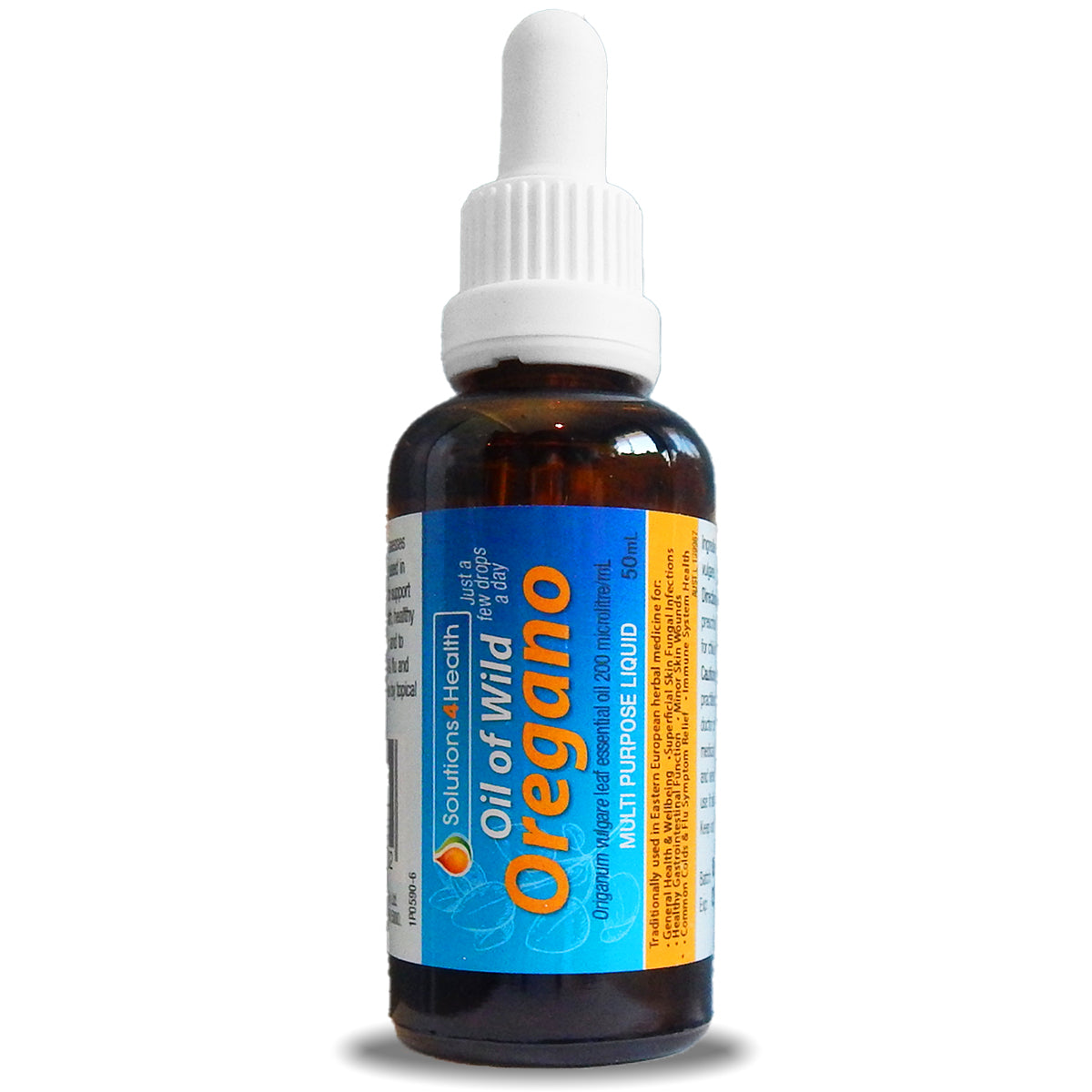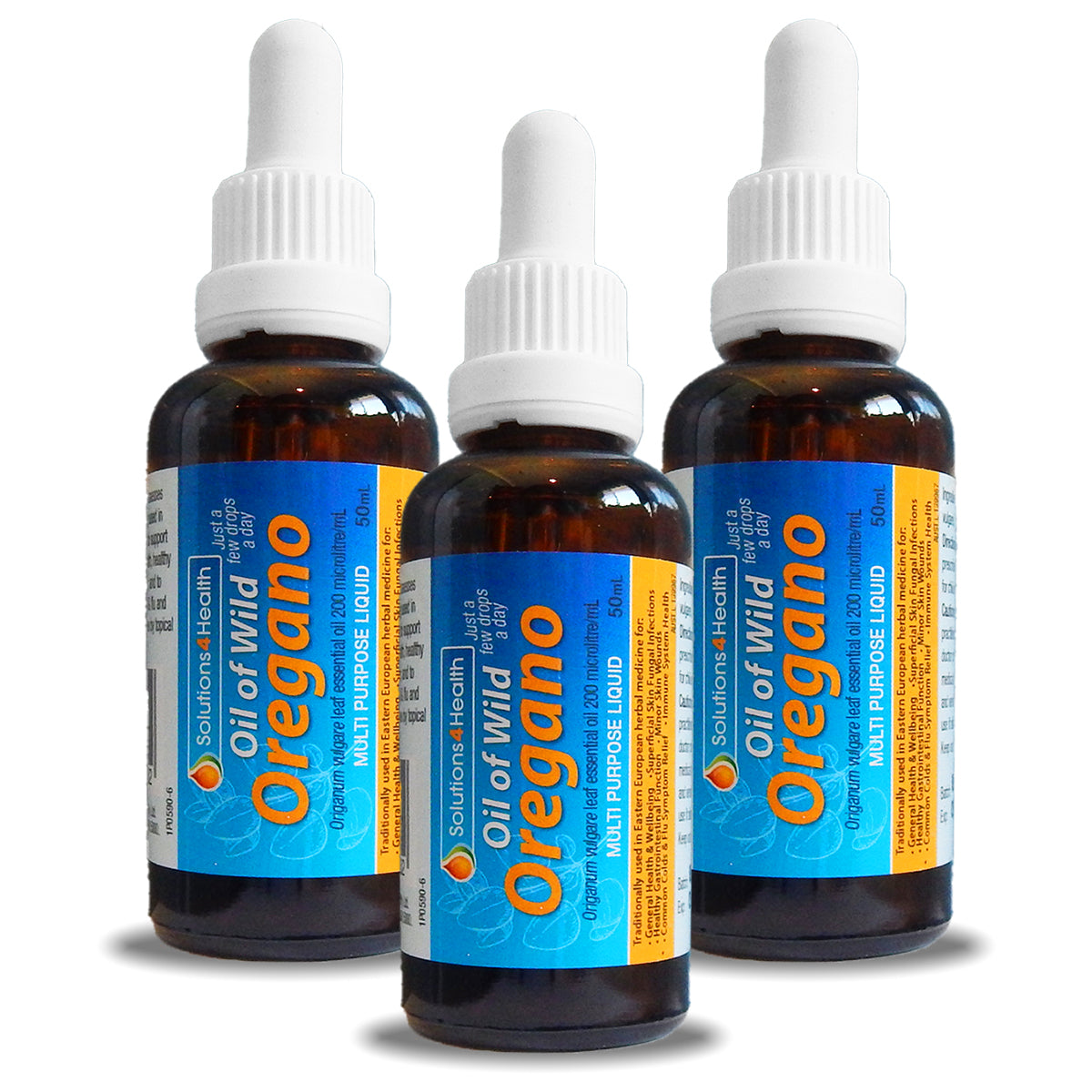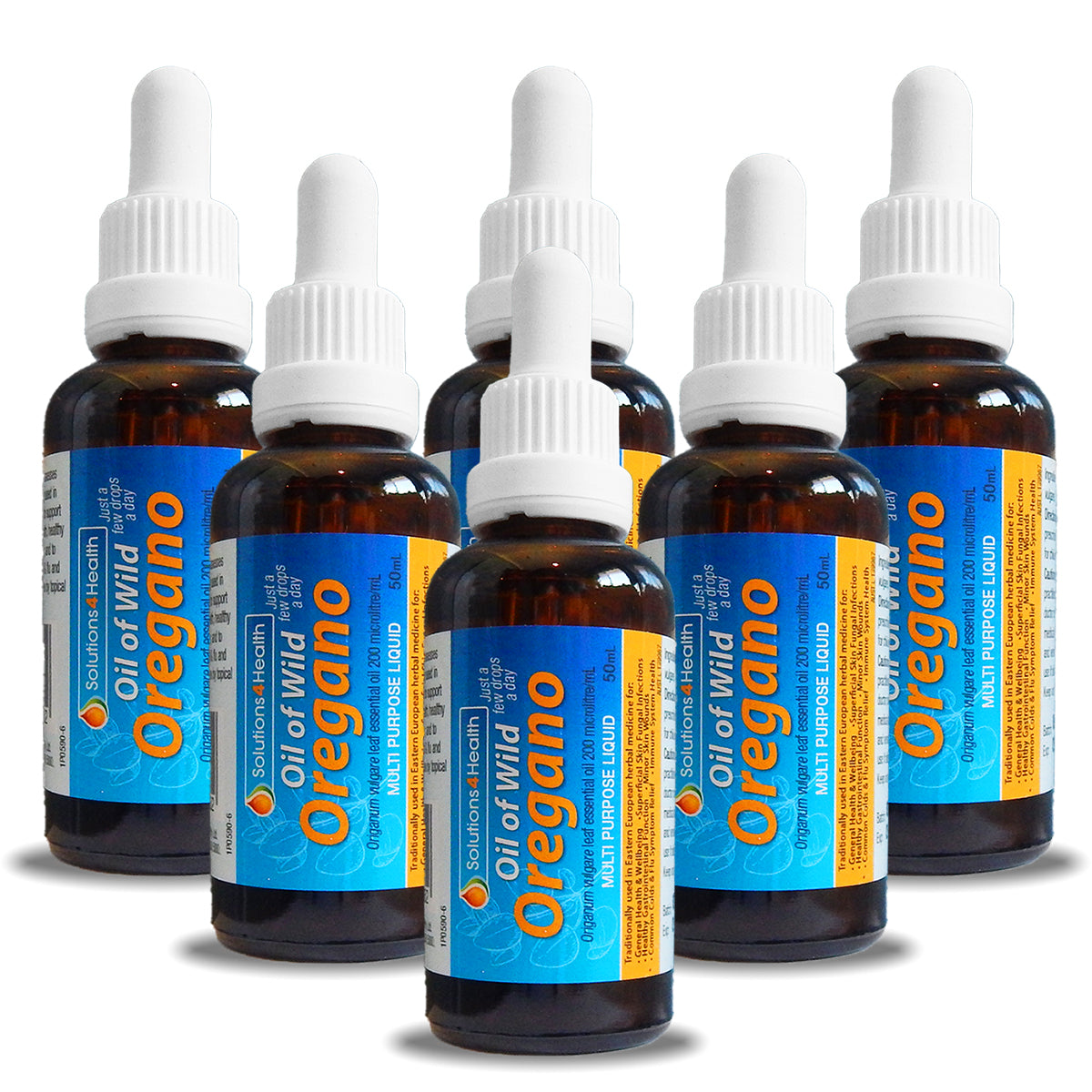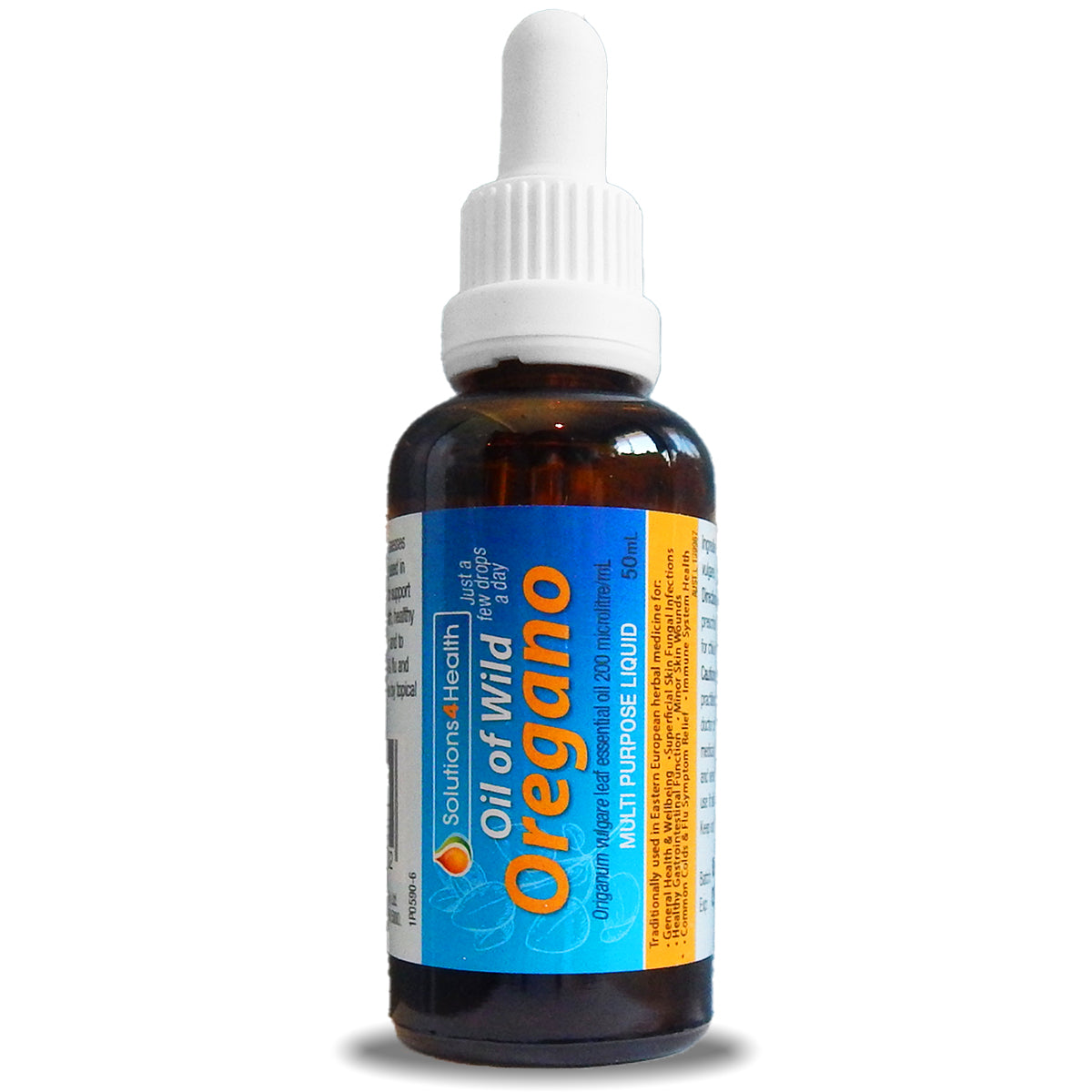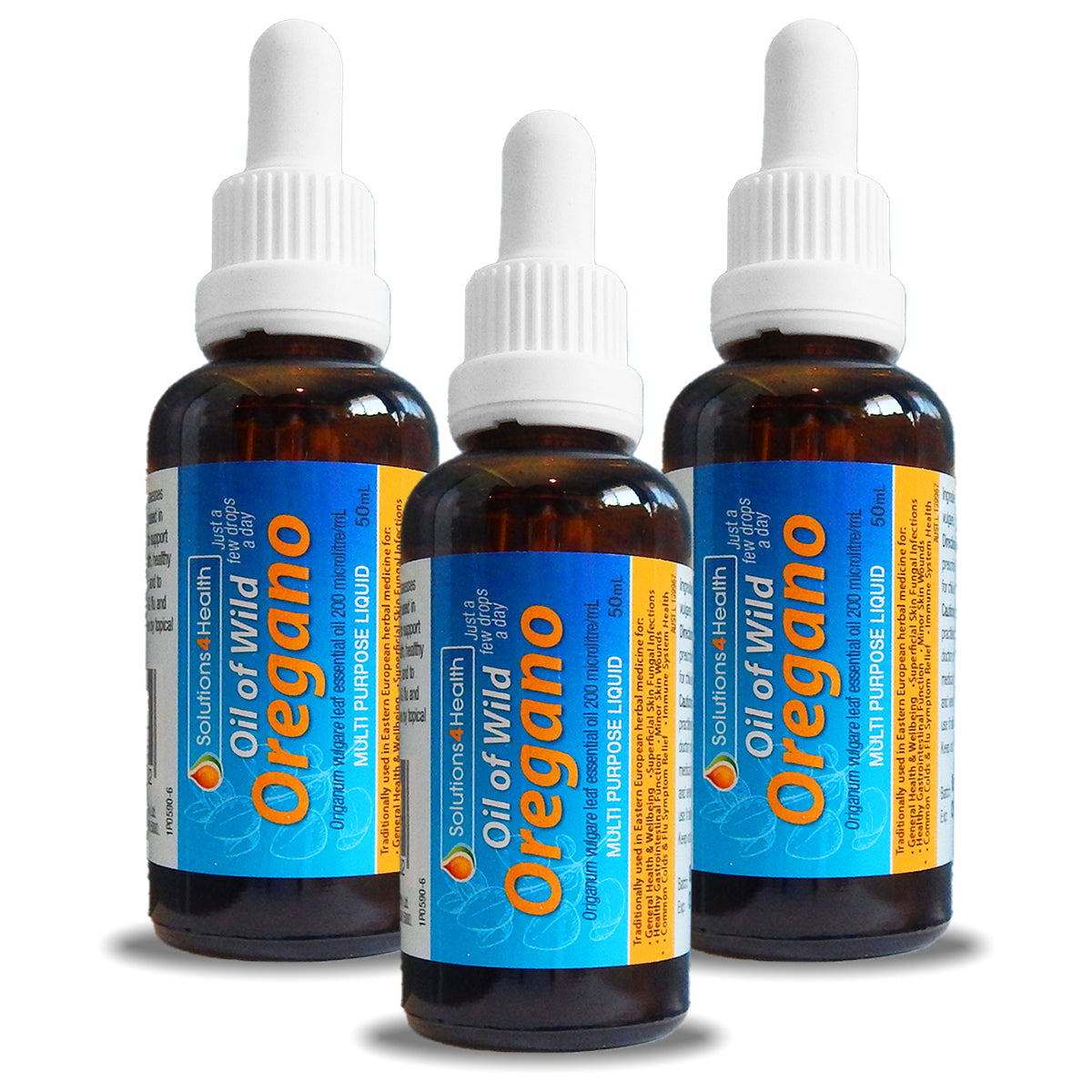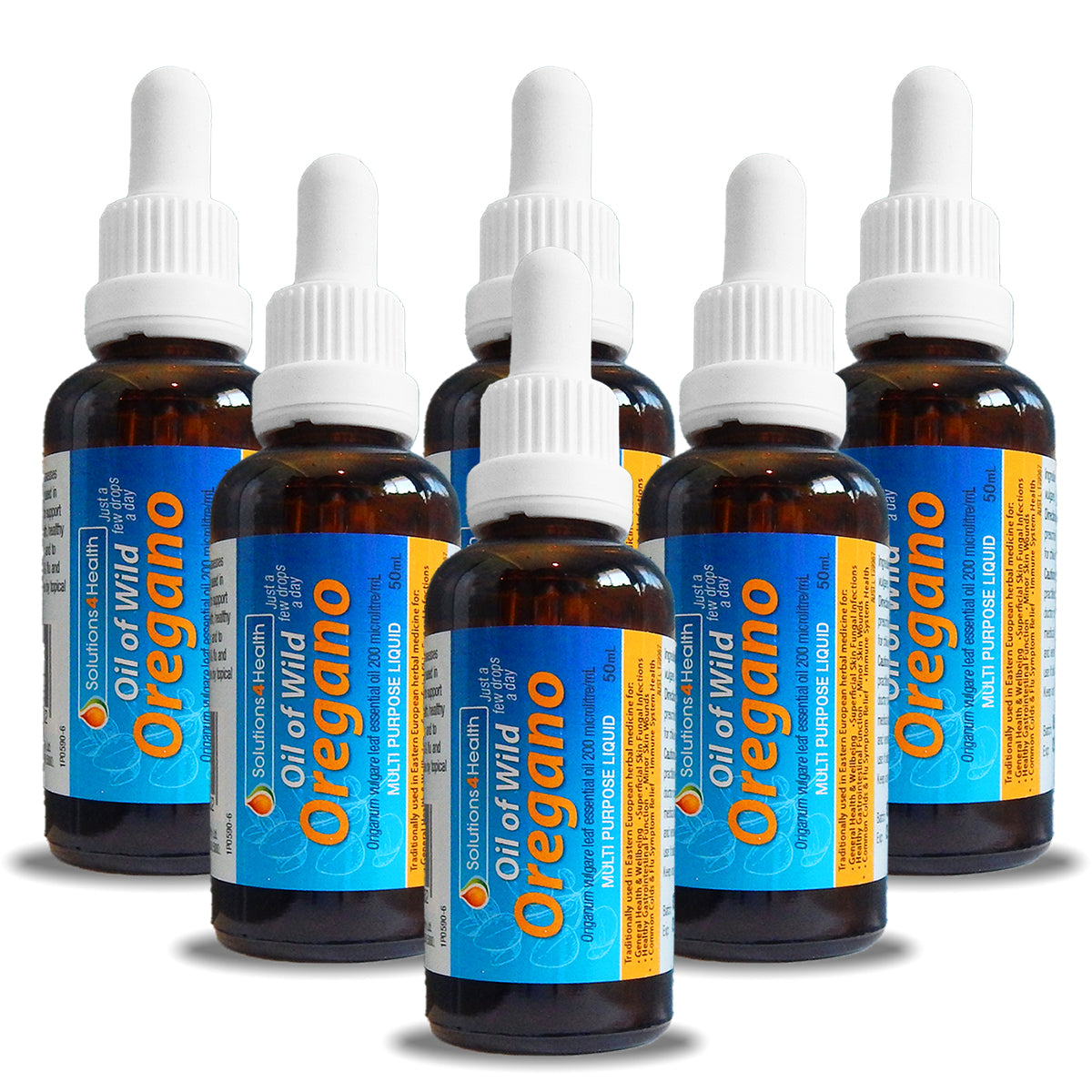When you see the word organic, or natural - most the time it means it is locally grown at a farm with minimal pesticides and additives. While this may sound like a good thing for most plants, plants with therapeutic benefits require different habitats to exude their benefits. A habitat to which they have grown in for thousands of years, slowly perfecting themselves to be the best they can be.
Plants are complex structures comprising of a myriad of components. One such component is secondary metabolites.
Secondary metabolites are chemical compounds produced by a plant that are not directly related to the growth of the plant, however they are compounds that enable them to thrive competitively in their specific environment. This includes having biological effects on the plant itself and on other living organisms. These effects include but are not limited to; induce flowering, attractant, or repellents. They increase the survival and reproductive ability of the plant.1
Secondary metabolites can be drilled down into several specific classes, however the three main classes which encompass all secondary metabolites are;
-Phenolic compounds
-Terpenes
-Alkaloids
Not all plants produce secondary metabolites but it is suggested that those that do produce secondary metabolites are done so in order to reduce the fitness of predators and in turn improve their own fitness.
In biology fitness is the term used to describe an organism's ability to pass its genetic material (DNA) to its offspring, by ways where their own traits are favourable and in turn enable it to survive and pass on its traits successfully in comparison to the rest of its population.
So going back to fitness of plants, secondary metabolites are part of a chemical defence system that enable plants to defend themselves against predators. This then forces the predators into adapting to these chemicals and becoming specialist.
Specialists are organisms that are unique in a way that they are able to do something that no other animal generally is able to do – such as eating a poison and not succumbing to mortality due to a mutation in the organisms’ body.
This specialization then puts new selection pressure back onto the plant species, because any mutant in the plant population that would produce a more favourable mixture of secondary metabolites would succumb to less predation and in turn would survive to pass on its genes into the next generation. Then the selection pressure is switched once again and put back onto the predator to produce an organism with new mutations that are successful in overcoming the plants new mutations to which it would then pass on to its next generation. This goes back and forth in cycles of co-evolutionary arms race.
2,3,4,5,6
This back and forth of populations one- upping each other would explain the existence of secondary metabolites and why there are so many different types and combinations as well and differentiation between different plant species.3
Another important factor that sides with the above is the explanation to the extreme diversity and the notion that it is highly unlikely that any one specific secondary metabolite would be the perfect fit for the target protein (predator)7. Which is why its suggested that the networks of synergic inactive secondary metabolites would greatly enhance the chance for fitness because when confronted by a predator, more molecules (secondary metabolites) would increase the chance of having an effect on the predator. The synergy between the molecules could prove greater toxicity or deterrence, or even maintain the toxicity for a longer period of time in comparison to a single rare active secondary metabolite.
Now with essential oils – which are defined as mixtures derived from plants of volatile secondary metabolites, such as terpenes, aldehydes, alcohols, ketones and simple phenolics 8,9,10,11 that can be anywhere between 20-60 different types of secondary metabolites; those types vary in concentrations and in turn generally result in having two or three major secondary metabolites that are in higher concentration that the rest of the other compounds.10 So in the paragraph above when talking about compounds being active, those are the major high concentration of secondary metabolites and the compounds that are listed as inactive are those that are of low to no concentration.
This brings us to synergy. Synergy is the interaction between two or more molecules that result in either:
-Additive interactions; which is when the substances added together will improve or increase the efficacy of the result of the interaction
-indifferent interaction; which is when the combination gives a linear response and shows neither additive nor antagonistic effects
or
-Antagonistic interaction; which is when the combination has an overall effect which is less than the sum of their individual effects
12,13,14,6
In relation to whole essential oils with unchanged concentration of the components (secondary metabolites) affect different multiple process and work synergistically together to provide synergistic effects, mainly in additive effects. These whole oils exert greater activity compared to the major components alone15. It has also suggested that the function of the main active compounds are regulated by other minor, inactive compounds which help in enhancing the synergistic effects.16
With all the above taken into account, it poses that plants are continuously changing in order to survive, which results in varying concentrations, compositions and combinations of secondary metabolites within the essential oil mixture of the plant, which could be due to climate, soil conditions, pest infestation and other external factors. This means depending on the surroundings of our forever changing world, the natural wild grown plant is equipped specifically to counteract the negatives of the environment.
Oregano as you may know, has been growing for thousands of years, forever increasing it’s fitness to become the best it can be to fight off any external influences that have tried to kill it over the centuries. The external factors, as mentioned before, include the altitude it grows at, the angle the sun reaches its leaves, the temperature and the water it receives; these factors and many more are what play a part in the chemical makeup of the plant. These factors change every season, and to think that this could be replicated by man is wishful thinking.
Not all natural climates are equal. Certain plants only grow ‘wild’, in certain habitats. The Australian habitat does not produce, naturally, ‘in the wild’, the species of Origanum plant that Solutions4Health’s product is based on - Origanum Vulgare. This grows wild in high altitudes of the Mediterranean region on calciferous rock, opposed to in the soil which many are not aware of.
Many Oregano plants are grown in fields that are not the plant’s natural habitat. These fields do not possess the same soil quality and climate that is essential for the plant to thrive and grow to its full therapeutic potency. Moreover, when farmed, the soil may have been contaminated, or pesticides used to ensure maximized harvests.
Many have tried to grow Oregano outside of its natural habitat, but this brings the quality and quantity of the active constituents down.
So, you will often find that Carvacrol levels are artificially increased during the process of extraction. In these standardization methods, the natural synergy of active constituents in the oil are often placed out of balance.
It is imperative to remember that this is a potent natural medicine, and only nature can get these levels right. Different “batches” of Wild Oregano will have grown in slightly different environmental seasons and conditions resulting in mild variations in constituent levels. It is only the science of nature that can slightly adjust and produce the other elements in precisely the form and level required for that perfect synergy to continue.
REFERENCES
- A. Hussein, R. and A. El-Anssary, A. (2019) “Plants secondary metabolites: The key drivers of the pharmacological actions of medicinal plants,” Herbal Medicine [Preprint]. Available at: https://doi.org/10.5772/intechopen.76139.
- Feeny P (1976) Plant apparency and chemical defense. Recent Adv Phytochem, 10: 1-40.
- Swain T (1975) In: The Flavonoids. Edited by Harborne JB, Maby TJ, Maby H. London: Chapmann and Hall
- Erlich PR, Raven PH (1964) Butterflies and plants: a study in co-evolution. Evol Psychol, 18: 586-608
- Fraenkel G (1959) The raison d’etre of secondary plant substances. Science, 125: 1466-1470
- Valussi, Marco. (2014). Essential oils and their biological activities in the light of evolutionary theory: a review of the field including synergy and network pharmacology. International Journal of Clinical Aromatherapy. 9. 69-84.
- Firn RD, Jones CG (2009) A Dar winian view of metabolism: molecular properties determine tness. J of Exp Bot, 60:719–726
- Bunse, M. et al. (2022) “Essential oils as multicomponent mixtures and their potential for human health and well-being,” Frontiers in Pharmacology, 13. Available at: https://doi.org/10.3389/fphar.2022.956541.
- Ahmad, A., Elisha, I. L., van Vuuren, S., and Viljoen, A. (2021). Volatile Phenolics: A Comprehensive Review of the Anti-infective Properties of an Important Class of Essential Oil Constituents. Phytochemistry 190, 112864. doi:10.1016/j.phytochem.2021.112864
- Bakkali, F., Averbeck, S., Averbeck, D., and Idaomar, M. (2008). Biological Effects of Essential Oils-Aa Review. Food Chem. Toxicol. 46, 446–475. doi:10.1016/j.fct.2007.09.106
- Sadgrove, N. J., Padilla-González, G. F., and Phumthum, M. (2022). Fundamental chemistry of essential oils and volatile organic compounds, methods of analysis and authentication. Plants 11, 789. doi:10.3390/plants11060789
- van Vuuren S, Viljoen A (2011) Plant-based antimicrobial studies--methods and approaches to study the interaction between natural products. Planta Med, 77:1168-1182.
- Biavatti MW (2009) Synergy: an old wisdom, a new paradigm for pharmacotherapy. BJPS, 45: 371-378.
- Hofmann A (1995) Medicinal chemistry’s debt to ethnobotany. In: Ethnobotany: Evolution of a discipline. Edited by Reis RESaSV. Portland, Oregon: Dioscorides Press.
- Burt S. Essential oils: their antibacterial properties and potential applications in foods--a review. Int J Food Microbiol. 2004;94(3):223–53.
- Bassole IH, Lamien-Meda A, Bayala B , et al. Composition and antimicrobial activities of Lippia multiflora Moldenke Mentha x piperita L.and Ocimum basilicum L. essential oils and their major monoterpene alcohols alone and in combination. Molecules. 2010;5(11):7825–39.

